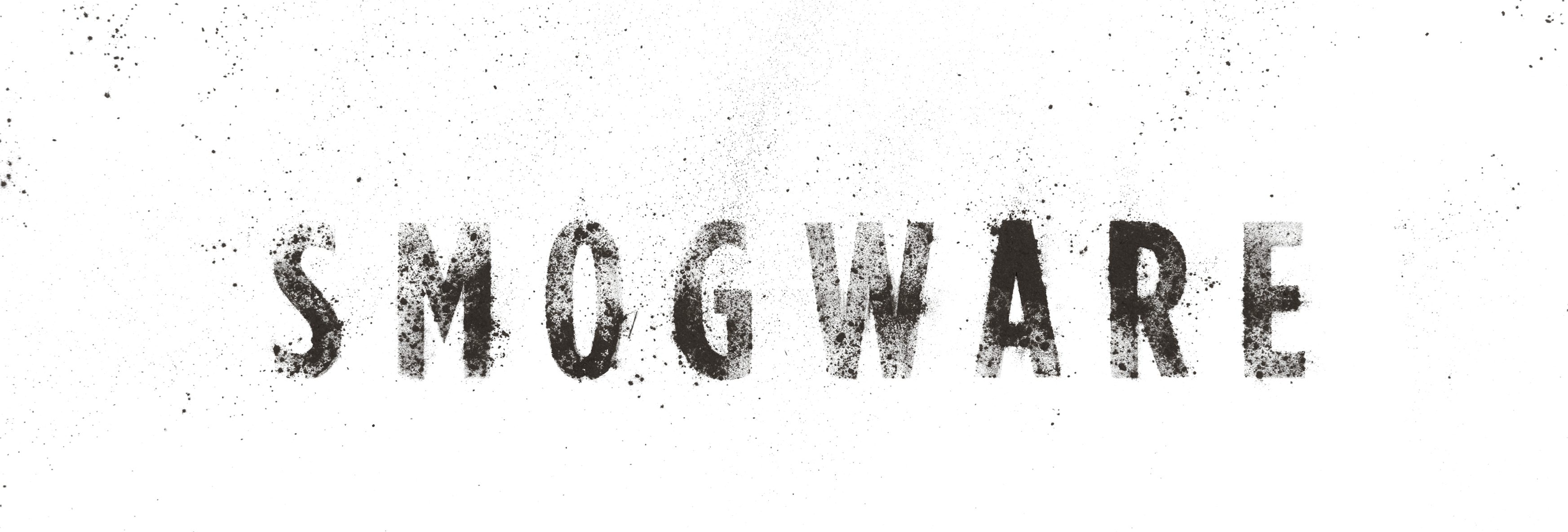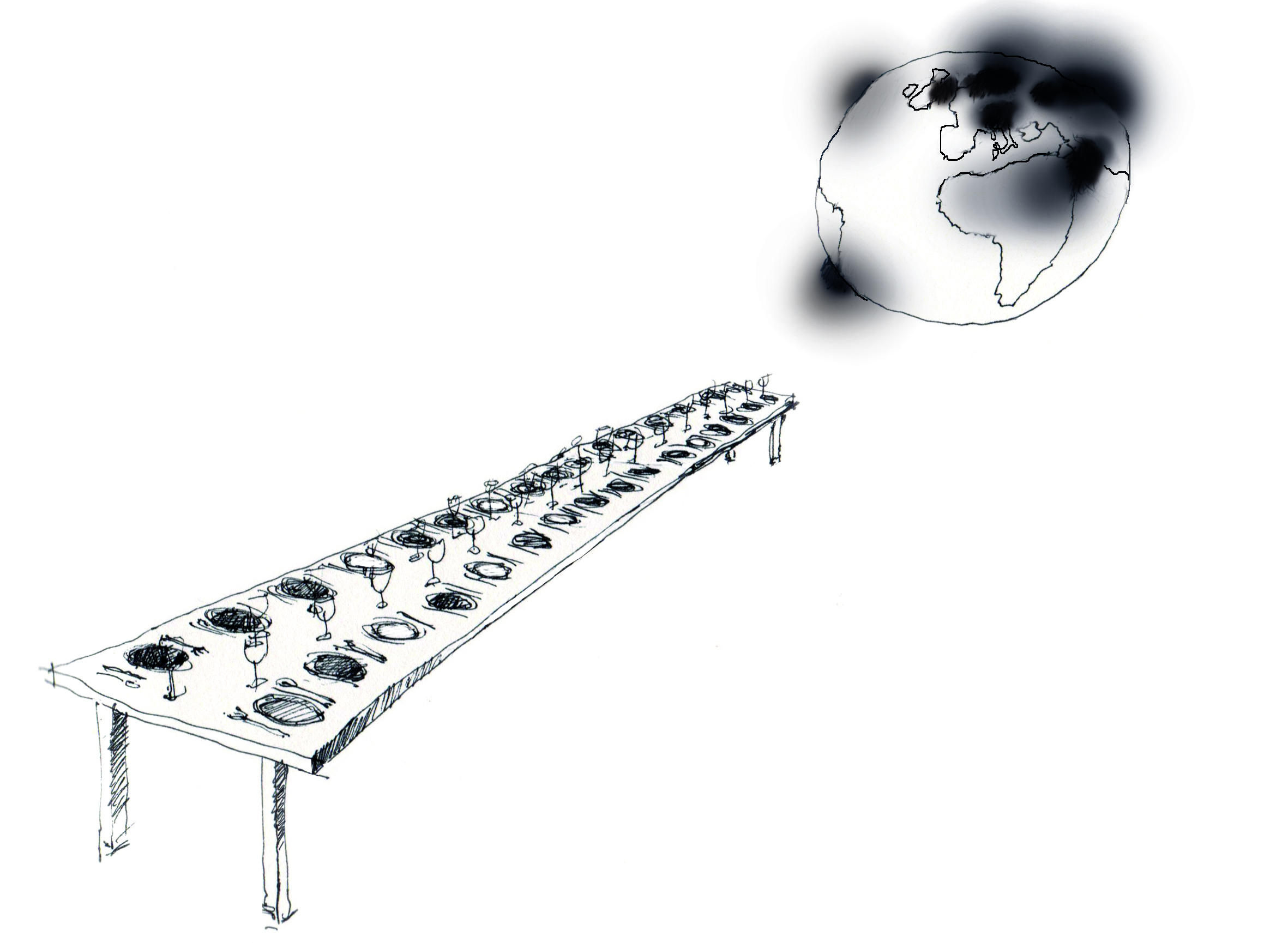The problem
According to the WHO (World Health Organisation), more than 90% of the world’s population in cities breathes (outdoor) air that exceeds the limits set by the WHO for pollution. Air pollution thus causes 4.2 million lives worldwide every year. This mainly affects people in South East Asia. But also in Europe, the death of more than half a million people annually is related to air pollution (in 2016, you can read more here).
The Dutch health organisation (RIVM) estimates that 12,000 Dutch people die each year a few months earlier as a result of air pollution. The lifespan reduction by particulate matter in the air alone is estimated nationally at an average of 1 year, in the large cities that is 1.5 years. Air pollution can lead to health problems, and has been linked to diseases such as lung cancer, stroke, and heart disease, and recent research shows a link with increasingly nasty health effects, such as skin cancer, Alzheimer’s disease, ADHD, and very recently there seems to be a relationship between the number of deaths among patients with COVID-19 and the polluted air in which they lived (more here).
Air pollution is a global problem, because the wind transfers (polluted) air over great distances. This means that a person from Rotterdam inhales air pollution caused, for example, by car traffic in Brussels, and the smog in Paris is related to the emissions from intensive livestock farms in the south of The Netherlands. If we want to improve air quality, we will have to think globally and act locally.
The tableware
In the first instance, the air quality of Rotterdam was visualised. Gradually, glaze tests were carried out with the air pollution from other cities, resulting in different colours and textures. Because seeing the air from your own environment has the most impact, the next step is to launch the project in more cities. ‘Servies’ becomes ‘Smogware’. Local editions are made in various cities, preferably in local Smogware Studios.

The World Table
The ambition is to bring these sets from different cities together on one table, in order to see the differences in air quality side by side. Due to differences in colour and texture of the glaze, the tableware tells the story of its origin; about the air quality of the city where the dust comes from. The tableware shows components in the air from industry and traffic, but also natural components from the immediate and distant environment. In addition to geographical location, the seasons can sometimes even be read in the glaze.
The image of the World Table on which the particulate matter of all countries is united is, just like at the other levels, an instrument of connection and awareness. All world citizens are entitled to clean air. Seeing the colour of each other’s air provides insight into their own situation and that of each other, with the aim of growing awareness of caring for each other.
The different Smogware studios together form a network, that can realise this World Table. To eventually be able to set a table for all air quality decision-makers. Of course, that we are all ourselves.
Hopefully one day the Smogware collection will be a remnant from an incomprehensibly unhealthy era.

